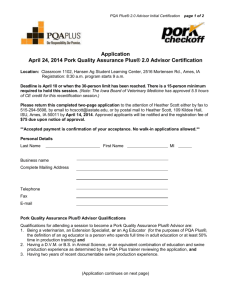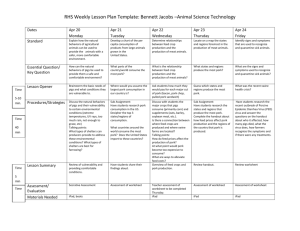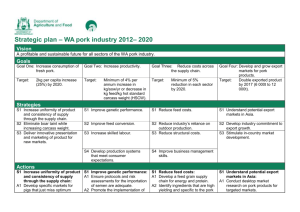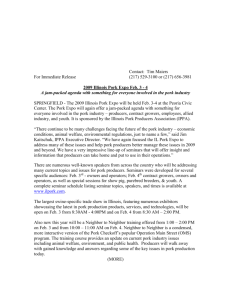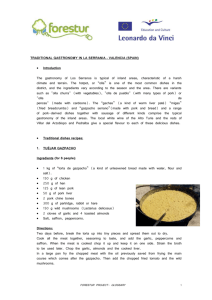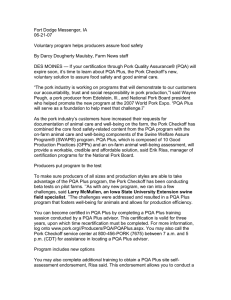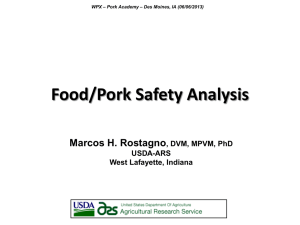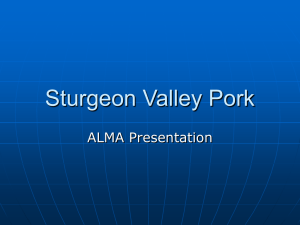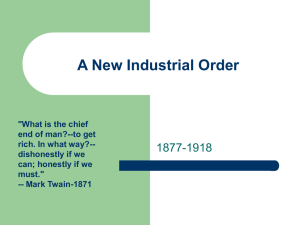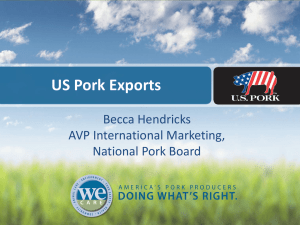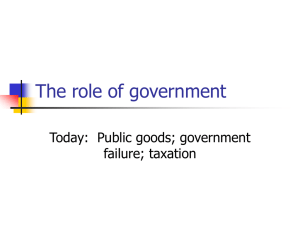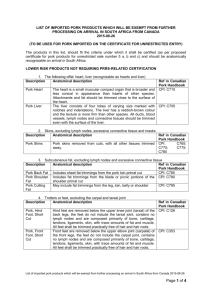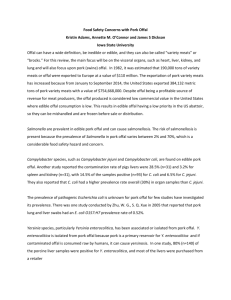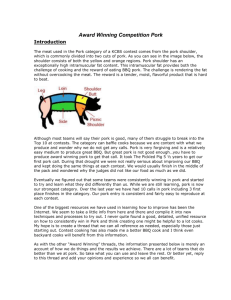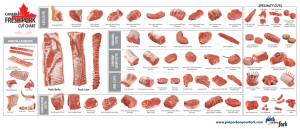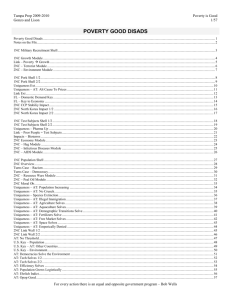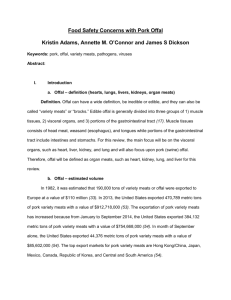Introduction
advertisement
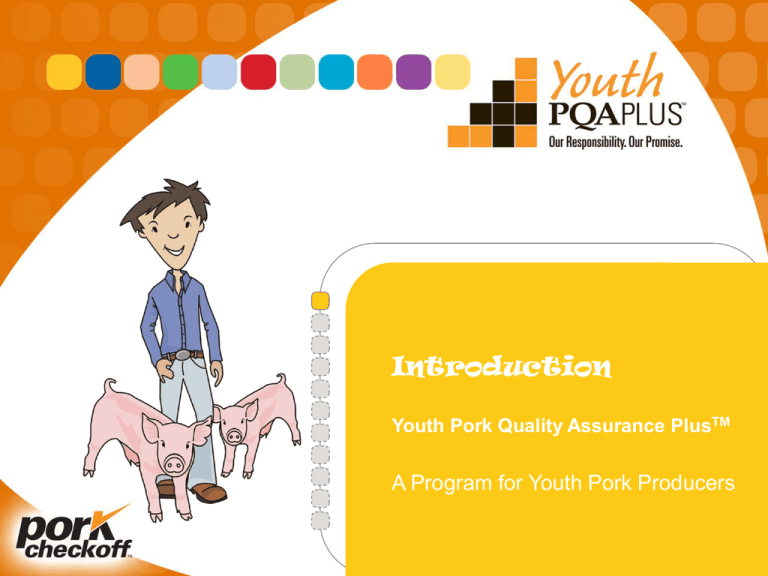
Introduction Youth Pork Quality Assurance PlusTM A Program for Youth Pork Producers Pork Quality Assurance • PQA® - Voluntary educational program started in 1989, it helps to: – Prevent violative drug residues – Increase food safety awareness – Increase awareness of proper animal care Introduction 2 Why Pork Quality Assurance? • Youth PQA PlusTM is composed of two main elements: – Food Safety – Animal Well-being Introduction 3 Packer Requirements • Many packers require Youth PQA Plus certification • County fairs, state fairs and other livestock shows may also require Youth PQA Plus certification Introduction 4 Today, residue levels are lower than ever • Youth PQA Plus provides a way to help: – Educate producers about drug residues – Ensure the wholesomeness of pork and pork products – Promote consumer confidence in pig well-being Introduction 5 Food Safety • Pork producers’ projects enter the food chain Producers’ Decisions = Food Safety Introduction 6 Food Safety • Food Supply Continuum Introduction 7 Food Safety Introduction 8 I Animal Well-being • Pork producers have a responsibility to: – Provide appropriate conditions so that pigs are healthy and in good physical condition – Maintain and promote the pork industry tradition of responsible animal care through good animal care practices Introduction 9 HACCP and Food Safety Hazard Analysis and Critical Control Points • A system used in meat packing plants to help prevent food safety problems • Regulated by the USDA - FSIS Introduction 10 Hazards Three Main Hazard Categories: • Chemical – Chemical residues in tissue including antimicrobials • Biological – A virus, bacteria, protozoa, mold or parasite that could cause foodborne illness • Physical – Broken needles or metal Introduction 11 Youth Pork Quality Assurance Plus Program Good Production Practice #1 “Establish and implement an efficient and effective herd health management plan.” Introduction 12 Youth Pork Quality Assurance Plus Program Good Production Practice #2 “Use a veterinarian/client/patient relationship as the basis for medication decision-making.” Good Production Practice #3 “Use antibiotics responsibly.” Introduction 13 Youth Pork Quality Assurance Plus Program Good Production Practice #4 “Identify and track all treated animals.” Good Production Practice #5 “Maintain medication and treatment records.” Introduction 14 Youth Pork Quality Assurance Plus Program Good Production Practice #6 “Properly store, label and account for all drug products and medicated feeds.” Good Production Practice #7 “Educate all animal caretakers on proper administration techniques, needle-use procedures, observance of withdrawal times and methods to avoid marketing adulterated products for human food.” Introduction 15 Youth Pork Quality Assurance Plus Program Good Production Practice #8 “Follow appropriate on-farm feed processing and commercial feed processor procedures.” Good Production Practice #9 “Develop, implement and document an animal caretaker training program.” Introduction 16 Youth Pork Quality Assurance Plus Program Good Production Practice #10 “Provide proper swine care to improve swine well-being.” Introduction 17 Take-Home Message • You are responsible for providing a safe, wholesome product for consumers Introduction 18 Summary • Your role in the food supply continuum is to provide safe food by producing pork free from violative residues and other hazards and do so in a manner that promotes good animal wellbeing. Introduction 19 Youth Pork Quality Assurance Plus Introduction 20
